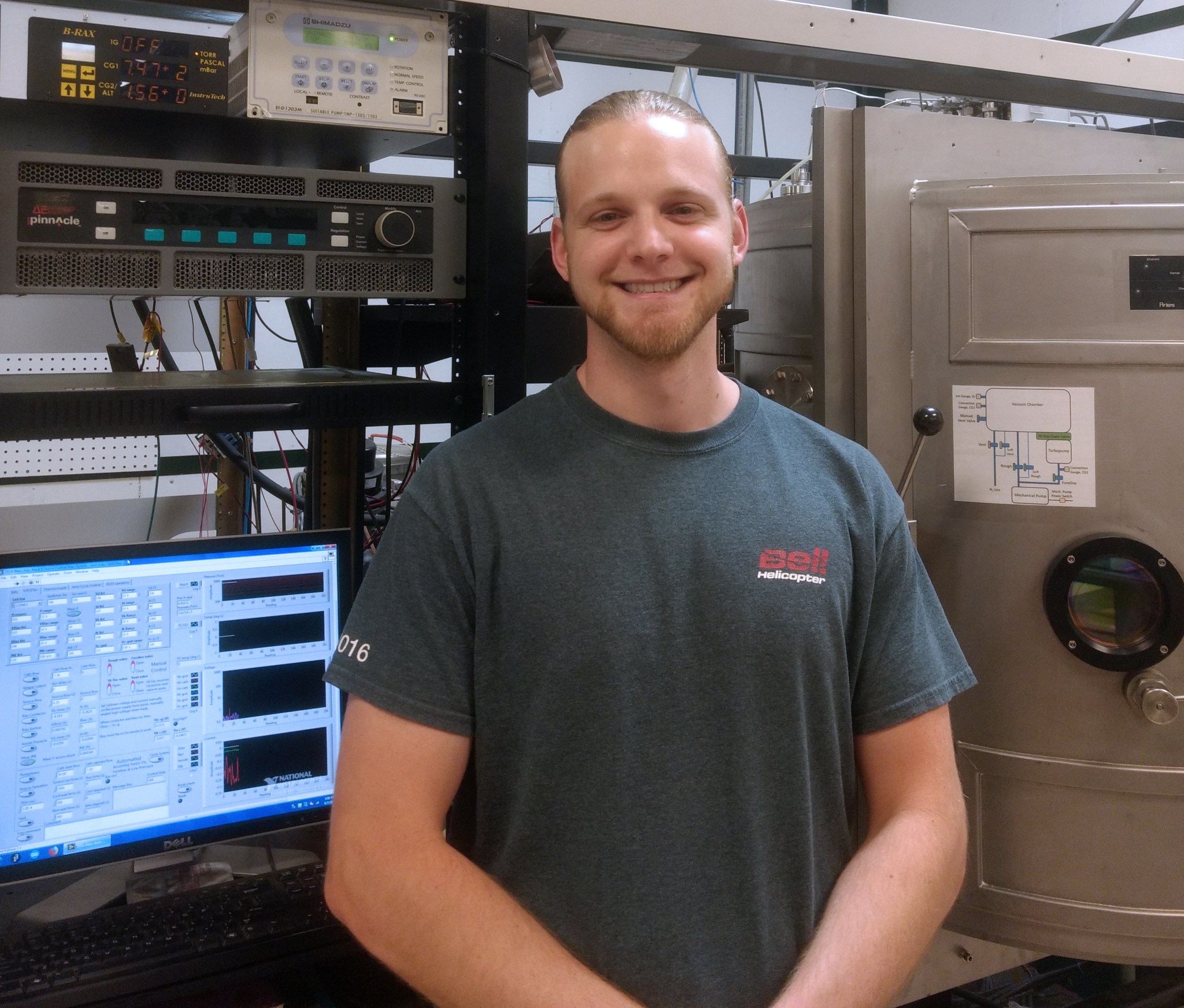Ryan Ham
Colorado State University
The proposed research project aims to study heaterless hollow cathode ignition and develop technologies that extend lifetimes of iodine fueled hollow cathodes. While most modern electric propulsion systems operate using inert gasses, the proposed use of iodine has advantages in its higher storage density and simplified storage requirements. Hall thrusters have been shown to perform well while operating with iodine, however there has not been much success in operating hollow cathodes with iodine for extended periods of time. Implementing both iodine and inert gas feed systems in a spacecraft is undesirable. Therefore, improvements must be made to extend hollow cathode lifetimes before iodine electric propulsion systems can be considered for spaceflight. The proposed research project would experimentally test a broad variety of hollow cathode designs using iodine in order to find the most effective configurations. Heaterless hollow cathodes can be beneficial to electric propulsion systems by reducing complexity and increasing reliability. Currently, heaterless hollow cathode development is suffering from a lack of understanding of the ignition process. The proposed research includes an in-depth study of the ignition process of heaterless hollow cathodes. The ultimate goal of the research would be to develop a heaterless hollow cathode that operates successfully with iodine. To elaborate on what will be done, traditionally configured hollow cathodes will be investigated first. These hollow cathodes include a cathode tube that contains a cylindrical emitter and is terminated with an orifice plate. After configurations like this are investigated, we will investigate cathodes configured in a planar geometry. I have developed cathodes that eliminate the cathode tube by simply placing a disc shaped emitter upstream of a keeper orifice plate. In these cathodes, the emitter is mounted to a thin sheet of refractory metal that has holes that allow for unrestricted propellant flow to pass over the emitter region and out through the keeper orifice. These planar cathodes have performed well when running with argon and xenon, and I believe they will perform well with iodine. The planar geometry allows us to introduce the iodine vapor through a structure that is at a moderate temperature which results in minimized erosion. By thermally isolating the emitter adequately from the planar cathode mount, we will be able to operate the emitter at temperatures that are high enough to prevent iodine from reacting with the emitter material. This technique is similar to the one used in halogen lamps that were developed in the 1970s which showed to have thousands of hours of lifetime.



























